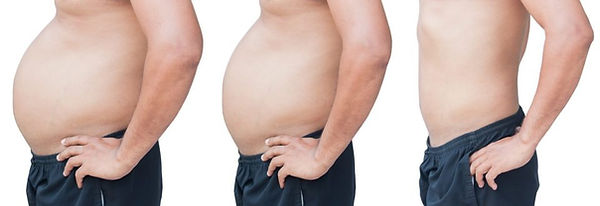
Laser Weight Loss
Non-Invasive Laser Therapy for Cellulite Reduction
The most common areas where laser lipo is used are on the thighs and hips. However, it can also be used on the back and stomach.
Low-level laser therapy is non-invasive and has been proven to reduce cellulite. It is also used as an adjuvant to assist autologous fat transfer procedures. These studies show that LLLT can promote healing, enhance tissue regeneration, and reduce inflammation.
Several studies have suggested that LLLT could increase the viability of adipocytes. Additionally, this therapy has been shown to reduce inflammation and improve blood lipid profiles.
Since the adipocytes are a primary focus of hormone metabolism, any decrease in their numbers can significantly affect hormonal balance.
Although it is safe for most people, certain conditions and skin types make it impossible to have this procedure. For example, pregnant women should not undergo this treatment.
Progression of Female fat accumulation with age.

Progression of Male fat accumulation with age.

This is what a 3" loss looks like

How Laser Lipo Differs From Traditional Liposuction
Unlike traditional liposuction, laser lipo is done under local or general anesthesia and does not require much downtime. Because of this, it can be a good choice for people who are healthy and physically active.
Once you have seen a reduction in the treated area, it is essential to maintain a healthy diet and exercise regularly. A proper lifestyle will ensure you achieve your long-term weight loss goals.
While some familiar risks are involved with this procedure, such as discomfort, pain, and bruising, most clients experience no lasting side effects. However, depending on the size of the treated area, some clients may need a few treatments to achieve the desired results.
